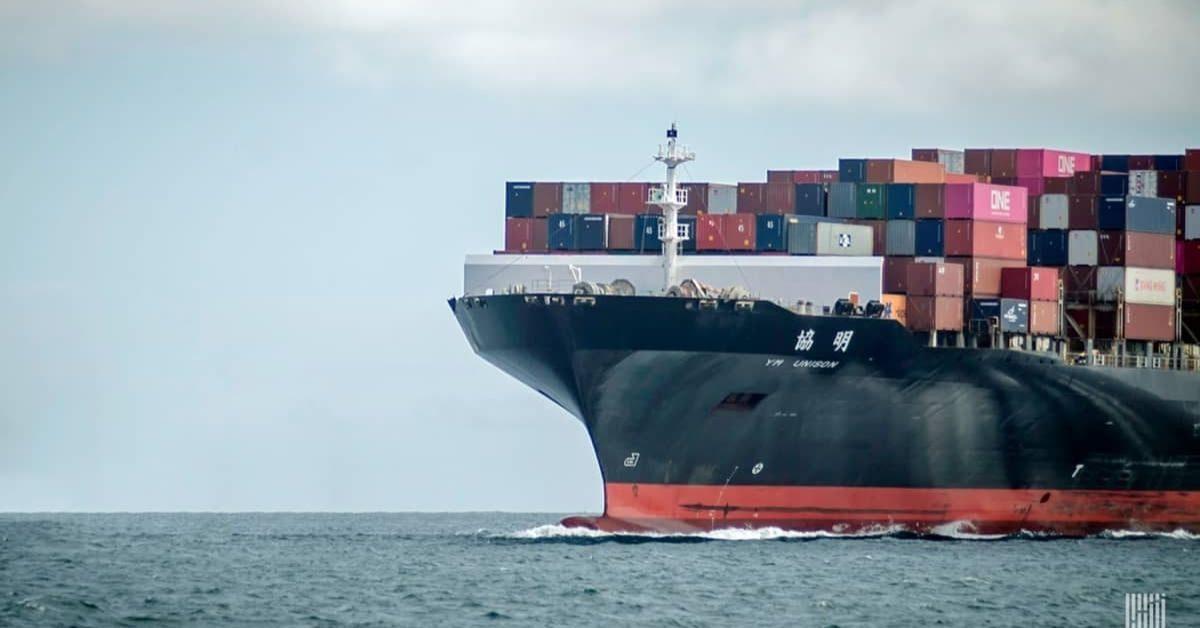Liner operators are re-assigning ships from long-haul routes to intra-Asia lanes, as rates in the former continue to trend at pre-Covid-19 lows.
Back in mid-2020 to mid-2022, companies such as Wan Hai Lines and China United Lines moved tonnage from intra-Asia routes to what were then the more lucrative Asia-Europe and Transpacific lanes.
Now, as rates on the long-distance routes have crashed, liner operators have found themselves with too many small to mid-sized ships that have become uneconomic to run long-haul.
Linerlytica’s latest report, released on 16 January, noted that intra-Far East capacity peaked in early 2020 at 3 million TEUs but declined to 2.6 million TEUs in 2022 as tonnage was diverted to take advantage of the surge in long-haul freight rates.
Linerlytica said, “The intra-Asia tradelanes are coming under the most pressure at the moment, with rates on several key corridors already slipping to pre-2020 levels as capacity that were previously redeployed to the Transpacific are now returning to Asia. Total containership capacity employed on the Intra-Far East routes is rising again after a two-year decline, as ships that were redeployed to the more lucrative long-haul trades now returning in large numbers.”
With emerging export markets continuing to grow in Southeast Asia, particularly Indonesia, Vietnam and Thailand, carriers have been improving their coverage.
From 20 January, Maersk’s intra-Asia arm, Sealand Asia, will revamp its Japan-Southeast Asia connection.
With five 1,000 – 1,800 TEU ships, the new IA80 service will connect Japan, South Korea, Southern China, Cambodia, Thailand, Southern Vietnam and the Philippines.
Alphaliner stated that with the IA80 launch, Sealand will shorten its IA88 service, which currently covers Japan, China, Vietnam and Thailand. Calls at the South Korean port of Busan, as well as the Japanese ports of Hakata, Moji and Hibikinada will be removed from the IA88 loop and transferred to the IA80 service.








